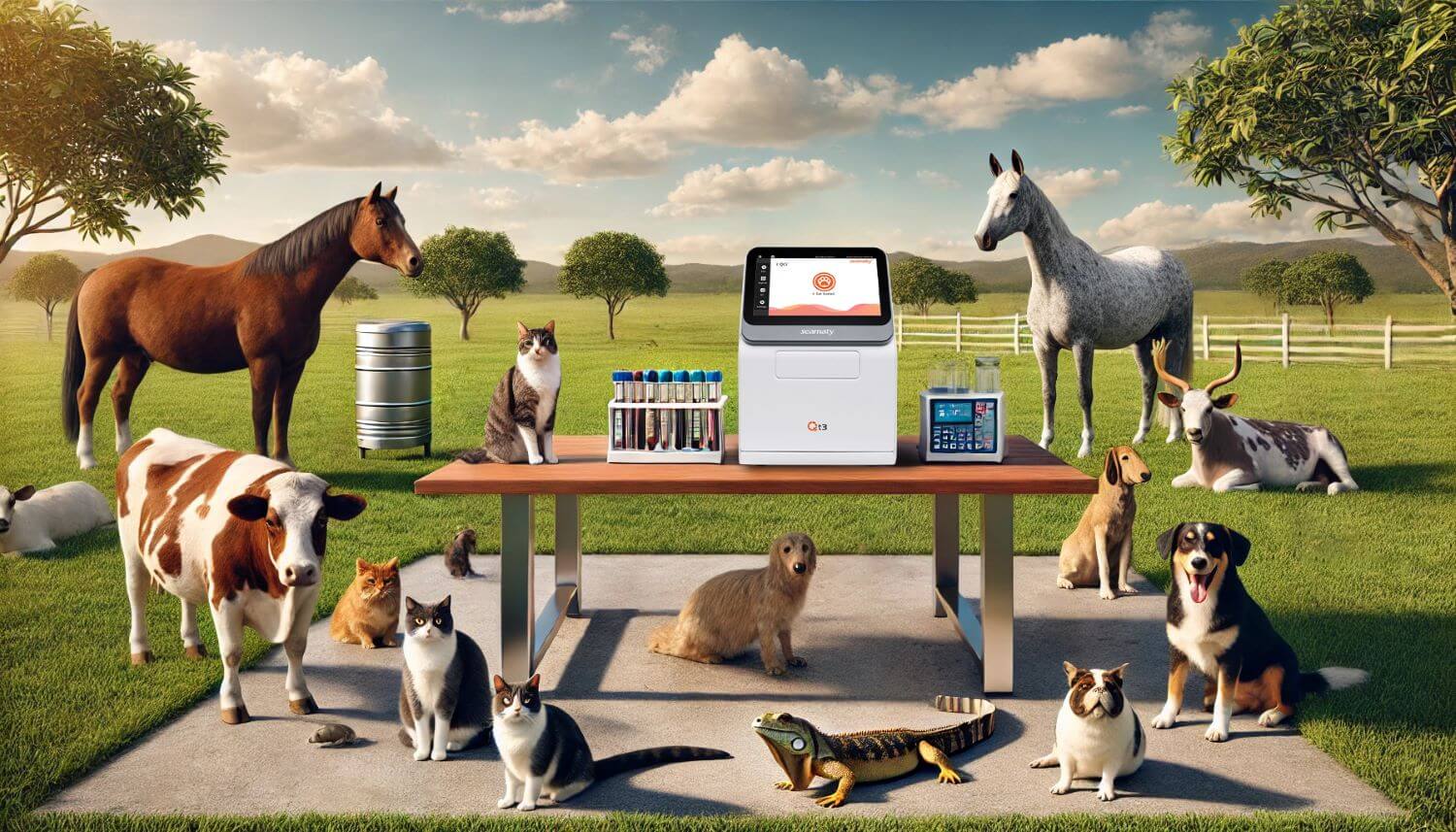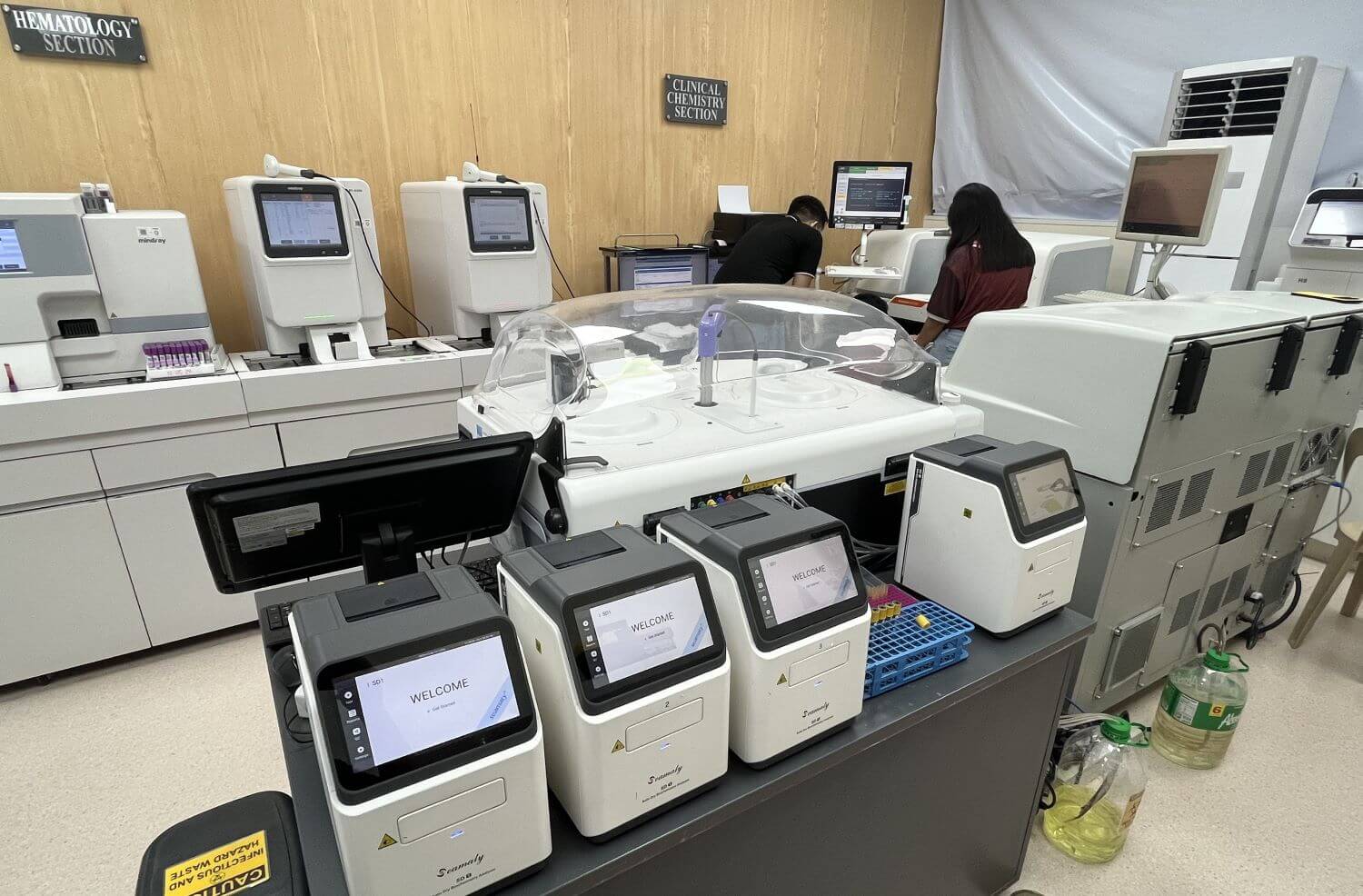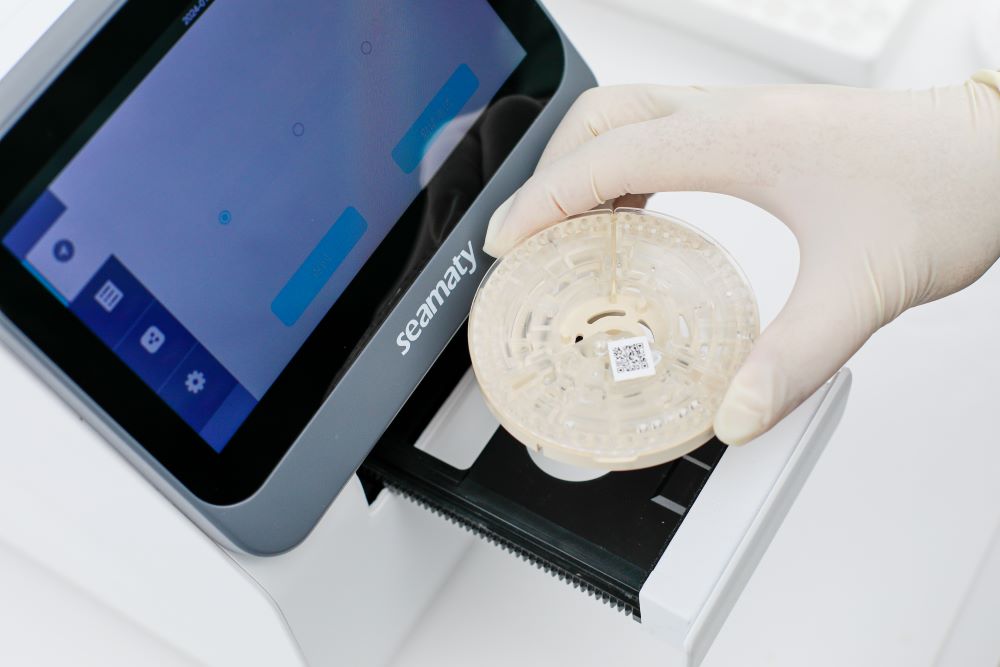The traditional hematology test is a manual microscopic test. The accuracy and reliability of blood cell count and white blood cell classification results were affected to a certain extent, and the testers were time-consuming and laborious.
In 1947, the American scientist W.H. Coulter invented the patented technique of counting particles by resistance method, and in 1956 he applied this technique to blood cell counting successfully. The principle is to perform blood cell counting and volume determination based on the non-conducting nature of blood cells, based on the detection of changes in electrical resistance caused by suspended blood cells in an electrolyte solution as they pass through the counting pores. This method is called the resistance method or Coulter's principle.
In the late 1960s, the hematocrit analyzer could measure HBG hemoglobin at the same time in addition to hematocrit.
In the 1970s computer technology developed rapidly. The tedious procedure of platelet counting (manual separation of platelet-rich plasma followed by platelet counting) was improved to simultaneous counting of platelets and red blood cells.
In the 1980s, blood analysis technology developed rapidly, adding the red blood cell index and three histogram reports to the eight tests. Not only does it provide the presence or absence of anemia, but also the type and cause of the anemia can be analyzed. Platelet parameters are of great value in the diagnosis of hemostasis and thrombotic diseases and in the observation of the efficacy of some diseases. In addition, a leukocyte 3-Part hematology analyzer was developed.
In the 1990s, a 5-Part hematology analyzer and a blood cell analyzer that can count reticulocytes were developed. At the same time, the application of laser, radiofrequency, and chemical stain counting to the detection of cells became more mature. Gradually developed into a blood cell analysis pipeline.
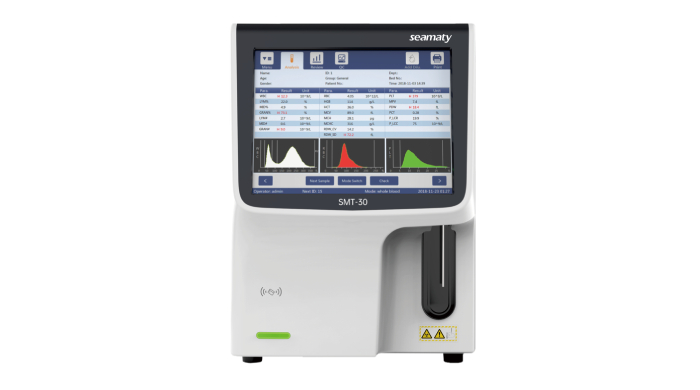
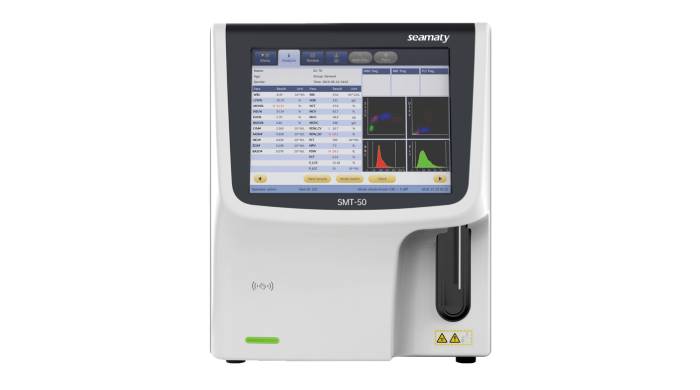
The application of hematology analyzer not only improves the quality of test results and work efficiency, but also provides more and more reliable test indicators for clinical. This has played an important role in the diagnosis and differential diagnosis of diseases. At the same time, it has also achieved good economic and
